Redshift Sports Shock Stop Seat Post: Getting Rolling – by Guitar Ted
Here at Riding Gravel, I’m pretty sure everyone associated with the site has at least one Redshift Sports shock Stop Stem. We reviewed the stem a while back and after internal discussions between us the stem was purchased by some of the other contributors, (at a reduced rate for full disclosure), and we all seem to really like them. So when we were tipped off by Redshift Sports some time ago that a seat post was in the works, we were very interested.
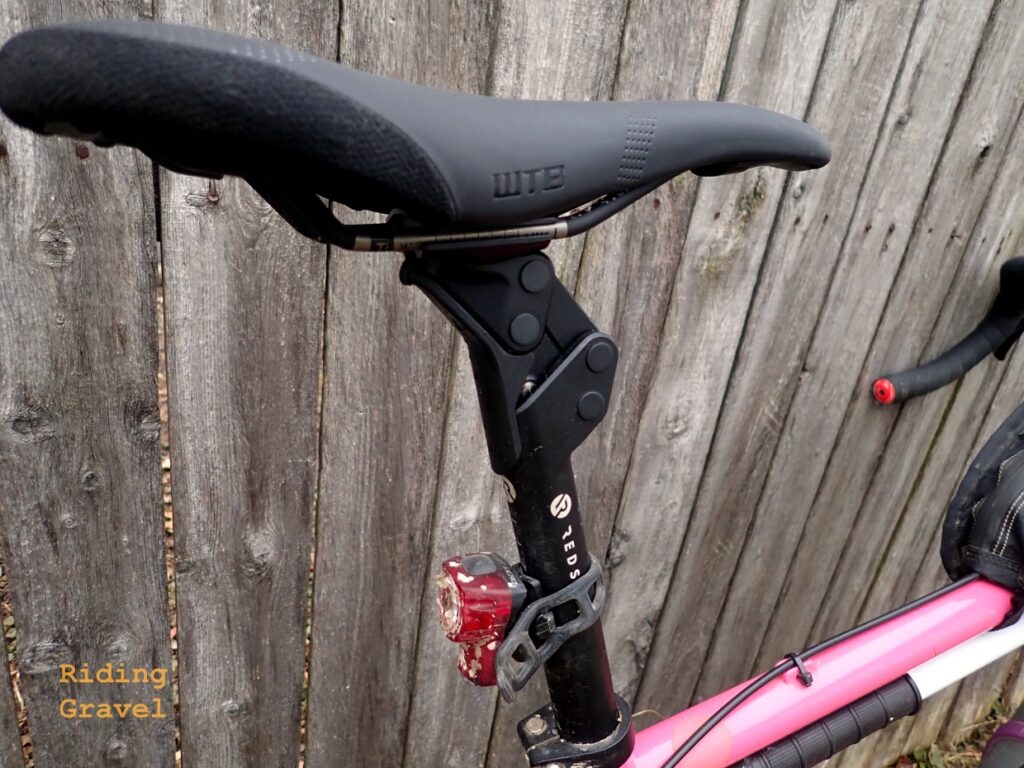
So, are we a bit biased? Probably, but with very high expectations. The stem is such a great, simple, unobtrusive way to add a touch of control and comfort that anything less in the seat post would be seen as a step backward by us here at Riding Gravel. We also have a unique opportunity here in that we have three testers on this post and so we should be able to bring a varied perspective from three different parts of the country. But before we get ahead of ourselves, let’s take a closer look at this suspension seat post from Redshift.
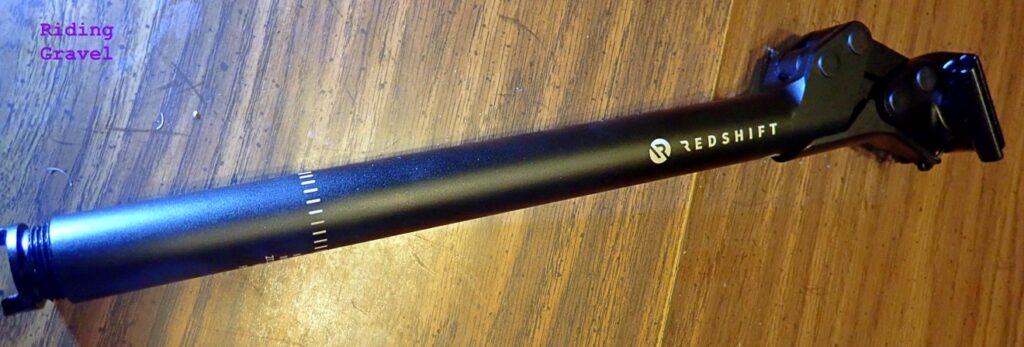
What It Is: The Redshift Shock Stop Seat Post is a parallelogram type linkage post utilizing a coil spring and no damping mechanism. It is about as simple a design as you can get. In fact, it may remind some of you of typical hybrid bike suspension seat posts in that the coil spring is housed within the shaft of the seat post itself. The big difference here is how that spring is activated. In the typical coil sprung hybrid post, the spring is driven by a telescopic shaft which presents problems with rotation of the head and plenty of resistance to initial movement, which is typically known as “stiction“.
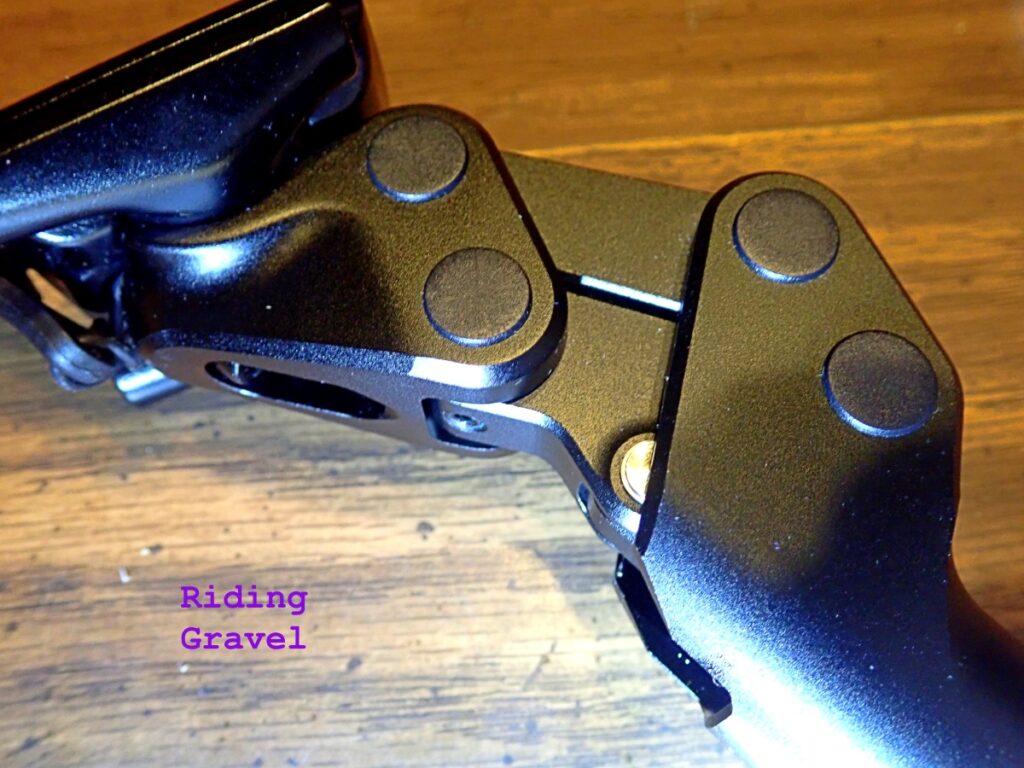
Redshift solved that by using a tidy, compact parallelogram style linkage which drives the spring via a shaft which pushes down on the top of a piston sitting on top of the coil spring. The preload is handled by a threaded cap which is at the bottom of the shaft. The seat clamp is a two bolt affair squeezed into a tight place under the head of the post and this and the back end of the linkage is protected from the elements by a nifty magnetic cover which is tethered to the clamp head in case it gets knocked loose, which I think would be tough to do since it utilizes one of those strong neodymium magnets.
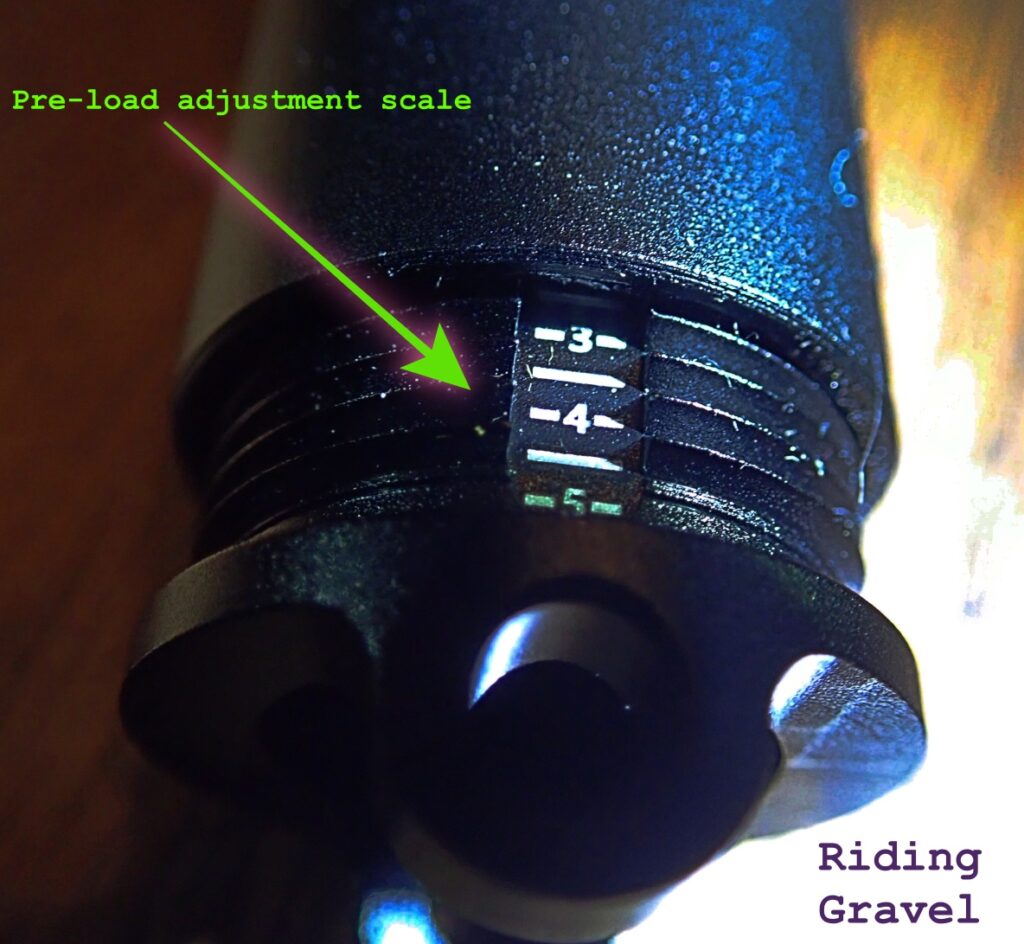
The technical specs on the post, as listed on Redshift’s site, are as follows:
| Diameter | 27.2 mm (shims available) |
| Length | 350 mm (14 in) |
| Suspension Travel | 35 mm (1.4 in) |
| Rearward Offset | 7 mm (0.25 in) |
| Rearward Offset (@ 25% travel) | 12 mm (0.4 in) |
| Spring Preload | User Adjustable |
| Weight | 497 g (17.5 oz) |
| Rider Weight Limit | 110 kg (242 lb) |
| Material | 6061 T6 Aluminum Alloy |
| Saddle Rail Compatibility | 7mm round & 7x9mm oval |
| Di2 Battery Compatibility | Yes (requires mount kit) |
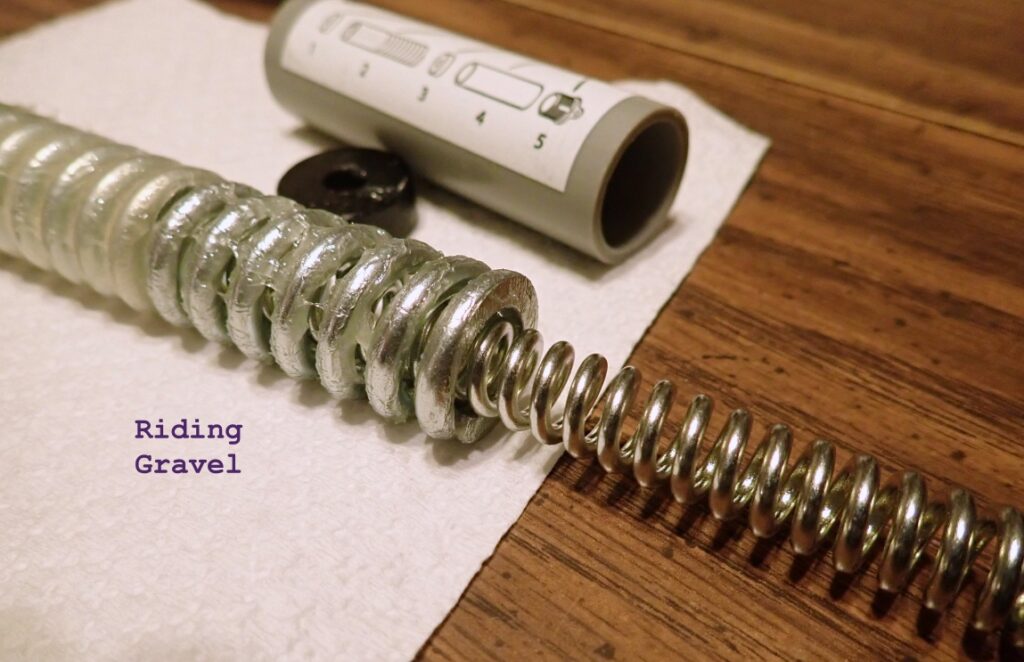
An extra spring is provided for riders weighing over 198lbs. This spring will require a disassembly of the post, but it is easy to do and Redshift has a nice set of instructions to guide you through that process. Plus there is a video if you don’t like to read! I did have to utilize the inner spring and it took all of about five minutes to install. Note: The outer, larger diameter spring MUST always be used according to Redshift Sports. Final fine tuning can be achieved by turning the pre-load cap in or by backing it out. Their are suggested settings in the detailed instructions for the post.
Of course, all this mechanism and complexity comes at a bit of a weight penalty. The example sent to RidingGravel.com’s headquarters weighed in at 557 gm. Compare this with a PRO aluminum seat post which weighs 288 gm. The MSRP for the Redshift Sports Shock stop Seat Post is $229.99USD
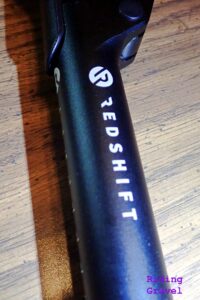
First Impressions: Out of the box the post looked sleek and tidy for a suspension seat post that utilizes a linkage. We have reviewed another linkage based post design which didn’t have as sleek a look. Obviously, the weight was felt in the hand. But expectations are that the bumps and vibrations gobbled by the design would make up for the additional weight.
Setting up the additional spring for my weight and pre-loading the springs was a breeze, as alluded to earlier. However; the mounting of my WTB Volt saddle was……curse inducing. The saddle clamps are of the sandwich type and are fixed by two bolts. Typically this sort of arrangement isn’t too bad to work with, but the design forced Redshift to place the two fasteners in a small pocket under the clamp head which makes loosening and tightening them with typical bicycle tools a real challenge.
Hopefully you only have to endure that task once. I managed it twice, by the way, so it isn’t impossible. Once my saddle was secured I only needed to install the post at the correct ride height for myself and off I went to test things out.
Initially I felt as though this post had all the best attributes of the previously tested shock absorbing seat post from another brand, but none of that posts annoyances, which included blowing through its travel and being a bit difficult to swap springs in and out of. The post was first installed on my Titanium Mukluk fat bike, and ridden on single track, a usage not in the design ideas for this post, but it was how I utilized a previous suspension seat post I liked, so I wanted a direct comparison.
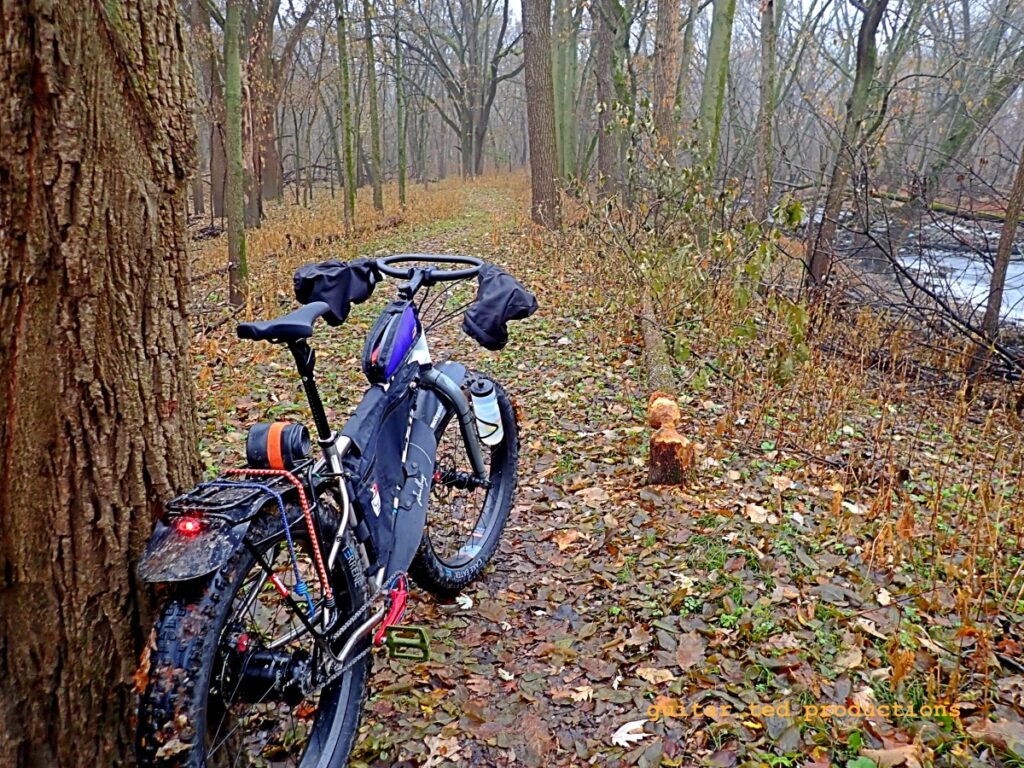
My seated position on the fat bike is more upright, and you would think this might cause the Shock Stop post to activate too easily, or use up all of its travel. On the fat bike, I never really got going “fast”, but went at more of a “trundling” pace. even so, I never harshly bottomed out the post’s 35mm of travel using it this way. I was impressed. Next, it went on my Black Mountain Cycles MCD, but at about this time Winter hit Iowa hard and I haven’t had enough time to say anything yet about gravel riding with this post.
So Far…. The Redshift Sports Shock Stop Seat Post is a sleek looking, compact design that promises the rider a vibration reduction and more comfort. The design is executed cleanly and besides the difficulty in mounting a saddle, it is fairly easy to set up for most riders. Initial impressions are quite favorable across the three testers so far.
Stay tuned for a review from Grannygear in SoCal, MG in Nebraska, and myself in the coming weeks as Spring gets going. For more details see Redshift Sports site on the post here.
Note: Redshift Sports sent out the Shock Stop seat posts to RidingGravel.com at no charge for tset and review. We are not being bribed, nor paid for this review and we strive to give our honest thoughts and opinions throughout.


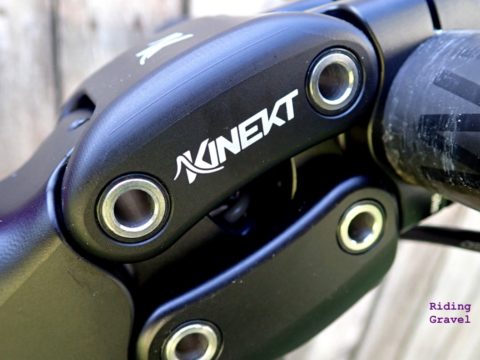
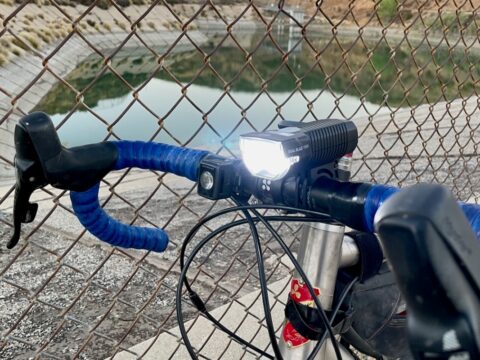
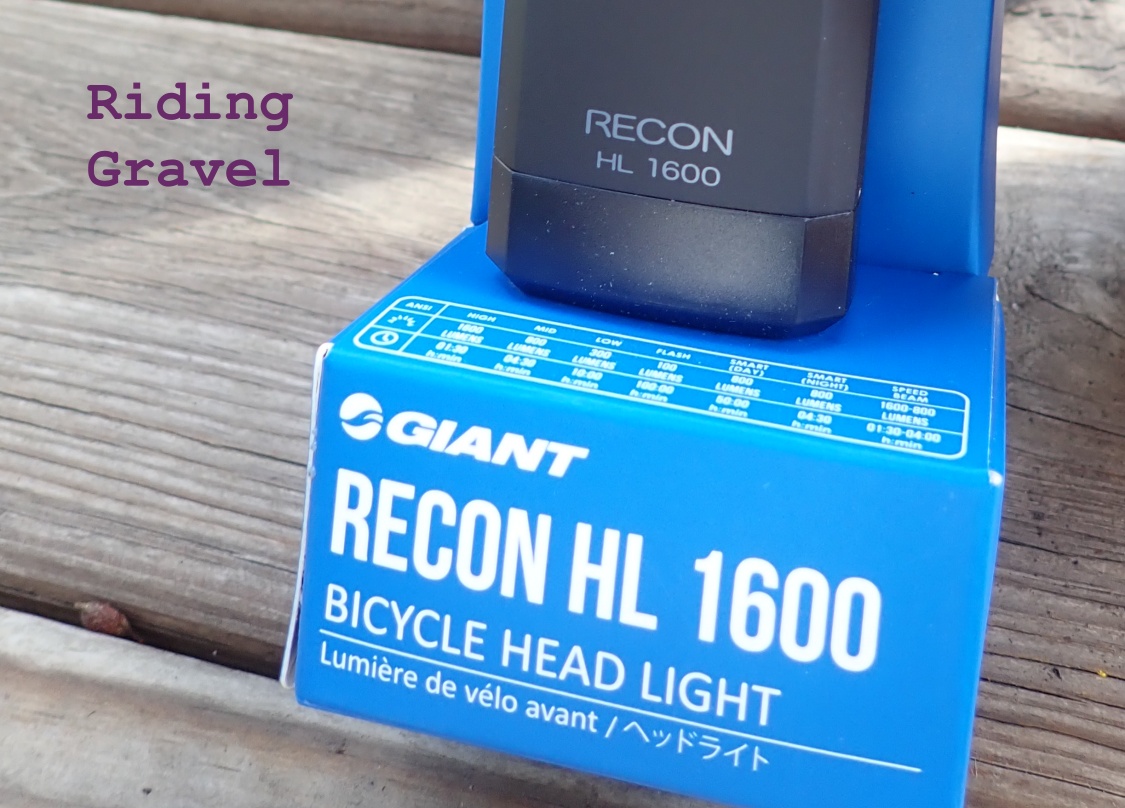

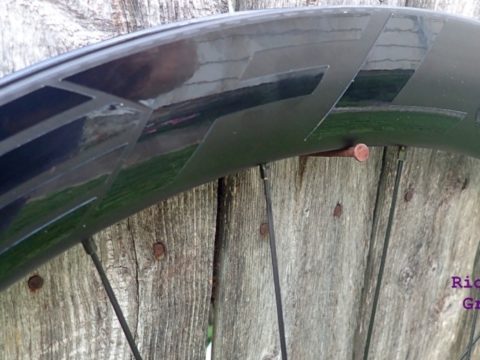

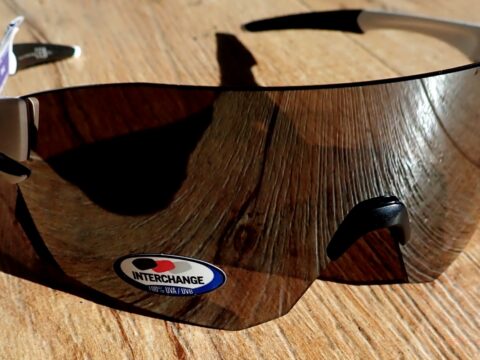
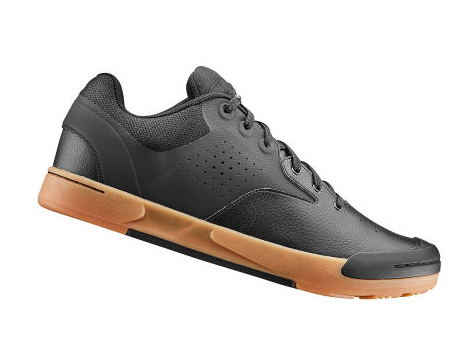

Looking forward to your final report. I’m still trying to figure out how much benefit I’m getting from mine, as I’ve mostly been commuting of late (albeit on crappy, potholed roads). I found that aiming at a weight-based preload just under my weight (2) left it too floaty, with lots of motion just from pedaling. Adjusting to 2.5 has firmed that up but left me hard-pressed to tell the difference from the standard carbon seatpost that came with the bike. I would also note that the seatpost is relatively long, so it bottoms out on the protrusions from the seat tube bottle braze-ons on my size 51 bike.
I am EXTREMELY happy with my Redshift stem, which has made an enormous difference. With a standard stem, a 30-mile ride on an easy gravel trail would leave my hands numb, but with the stem, that problem has basically disappeared, allowing me to complete a 300-mile, four-day gravel ride with no problems.
@P Stu – That’s a great point which you bring up- Is a deflecting seat post – like a carbon or titanium one – as good or better than a sprung post with the complexity and weight brought along with the suspension idea? How does either affect riding?
You are touching upon things which I am keenly interested in figuring out with this review. I’ve struggled with this using a different post in the past, but I also had success with that post, finishing the 150 mile Gravel Worlds course in 2016.
Interesting stuff to be sure. Stay tuned……
You should check out gravelbikes.cc. The blogger uses a vibration-measuring app on his smartphone to measure the effect of various stem, seatpost, tire, and tire pressure combinations. The results he got for the Redshift stem were impressive, but I don’t think he’s reviewed their seatpost yet.
I can honestly say that the Redshift outperforms everything that I had installed previously. I had a Suntour NCX, that easily outperformed any non-parallelogram seatpost. The NCX was “replaced” by an by.Schultz G2 LT (on the new bike), which was much better than the NCX in about every way, however it was a tiny little bit on the firm side. I would not have replaced the by.Schultz (rather I would have ordered a less firm replacement spring), but I already had placed the order for the Redshift (it’s also far more elegant looking). I am so glad I did! The adjustment of the preload to 3.5 (I am 77.5 kg) was just right, the suspension is less firm than that of the G2, yet not too soft to let me bounce or do hoppedihopp during higher frequency pedaling.
I ride the Schwalbe G1 Evo 40mm and a modified Cannondale Headshok, so the bike overall is very comfortable already. Where the G2 was well in smoothening the ride and taking peaks away, the Redshift just irons out about EVERYTHING. Road-chatter? Gone! Small speed bumps? The hands recognize them (gently) the butt waits for them … forever! Gully covers? They cease to exist! The Redshift is really a “bad road to good road converter” and an integrated pavement of gravel roads. I was riding at 30 km/h on a really gritty forest road just like that. So I just hope that this thing lasts for a long time … I cannot imaging reverting back to a non-suspension seatpost. Yes it may add 500 grams to the bike, but the ride is so much more comfortable, it’s a game changer.
Running both Redshift stem and shock. 100% bliss!
Only hassle i had was getting the preload right. Recommended 70kg ( i am 70kg) at setting #3 just felt too soft and wasn’t hitting the 20% recommended sag. Multiple time taking the saddle out. Finally dialed in at about 3.4 range.
Other than that beside the weight penalty, i am mighty happy with the purchase!